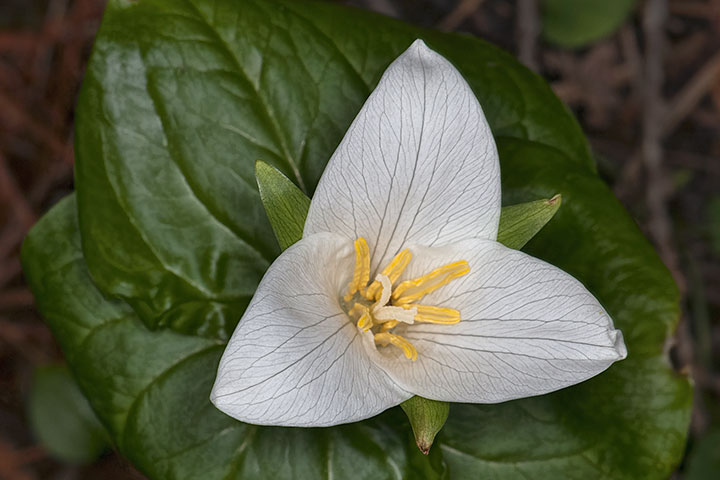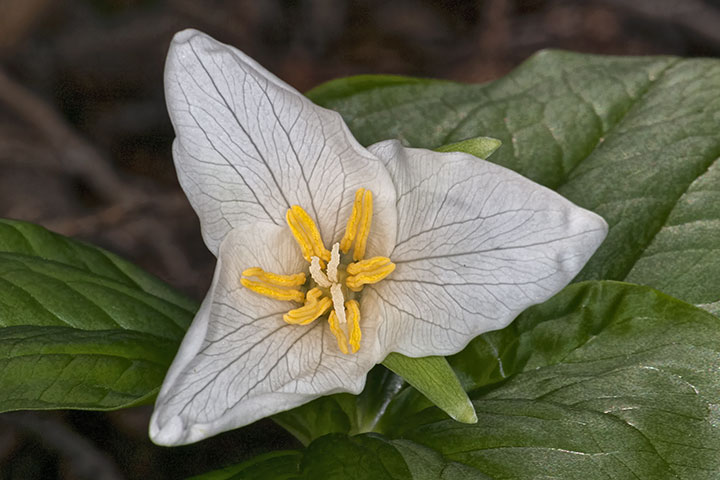The moist forest floor was sprinkled with trilliums. The trillium is a springtime flower based on three: three leaves, three sepals, three petals. It enriches an early seasonal walk through the woods.
Not far from the trilliums was a vigorous anthill. This might seem irrelevant for the trilliums, but it turns out that there is a close relationship between ants and trilliums: it is the ants that spread the trillium seeds.
First, a picture of a trillium showing its threesomeness.

Nearby was an anthill of a thatch-mound nesting species in the Formica rufa group.
Attached to a trillium seed is a fleshy structure that ants like to eat. Ants collect the trillium seeds, take them back to the nest, eat the parts they like, and discard the seeds. The ants thereby spread the seeds. Here is a closer view of some ants of that colony.

Finally, another shot of an ant-mediated trillium.


Well! Who knew? Great pictures and thanks for the interesting tidbit, ants and trilliums.
Is the plural of trillium ‘trillia’? (Medium/media, etc) Inquiring minds want to know.
Margo, I was sorely tempted to use that plural, but bit my tongue.
Once again I have learned something, but then that happens everytime I open this blog. Thank you for enlightening us once again.
Bob
I’ve always wondered what the purpose of the thatch mound is and what they eat. There doesn’t seem to be much food around the mounds I know of, considering there are over 1000 ants. Wikipedia has a short article http://en.wikipedia.org/wiki/Formica_obscuripes .
Eric, I think that the ants are much more important to the trillium, than the trillium is to the ants.
Eric, Rob Higgins of Thompson Rivers University answered your question: They are an adaptation to improving thermal conditions when the soil begins to get too cool. Metabolic heat from the ants (and from microbes in wet nests) will raise the temperature in the nests which can be retained or vented by controlling the number of openings in the nest surface. Even before the snow is off most thatched nests in the spring the ants will increase activity and raise the internal nest temperature to around 30C. They can even alter the slope of the nest facing the sun to control how much direct sunlight the nest surface receives.
This is fascinating. Erik and I saw a large ant mound on the Syringa grounds this week. We looked at the
mound, now with this information we shall again look at the mound and know it for the first time.